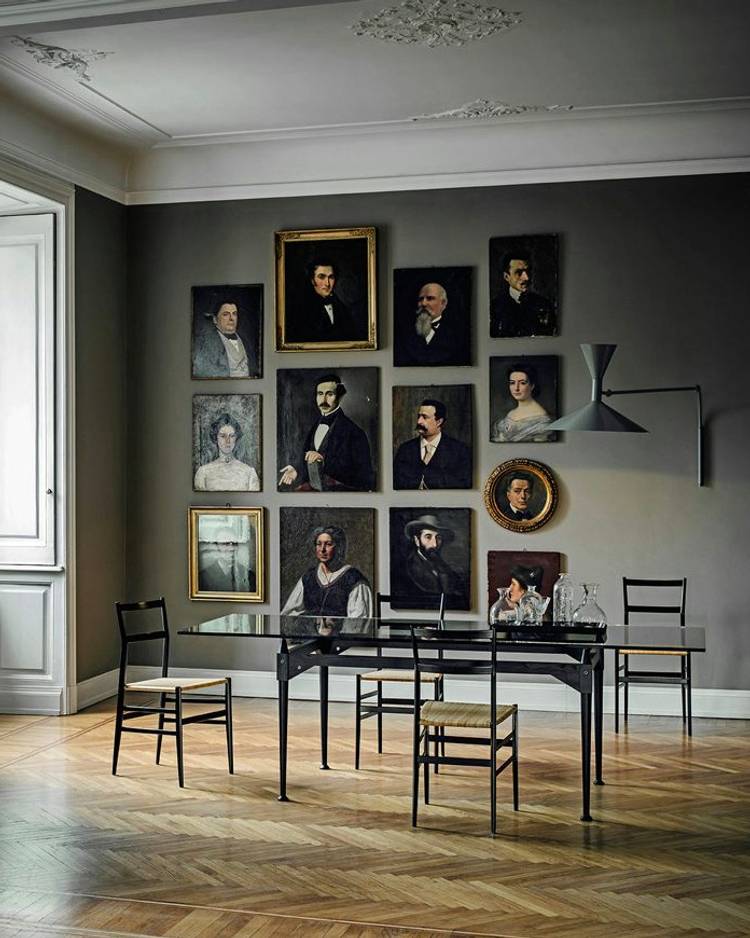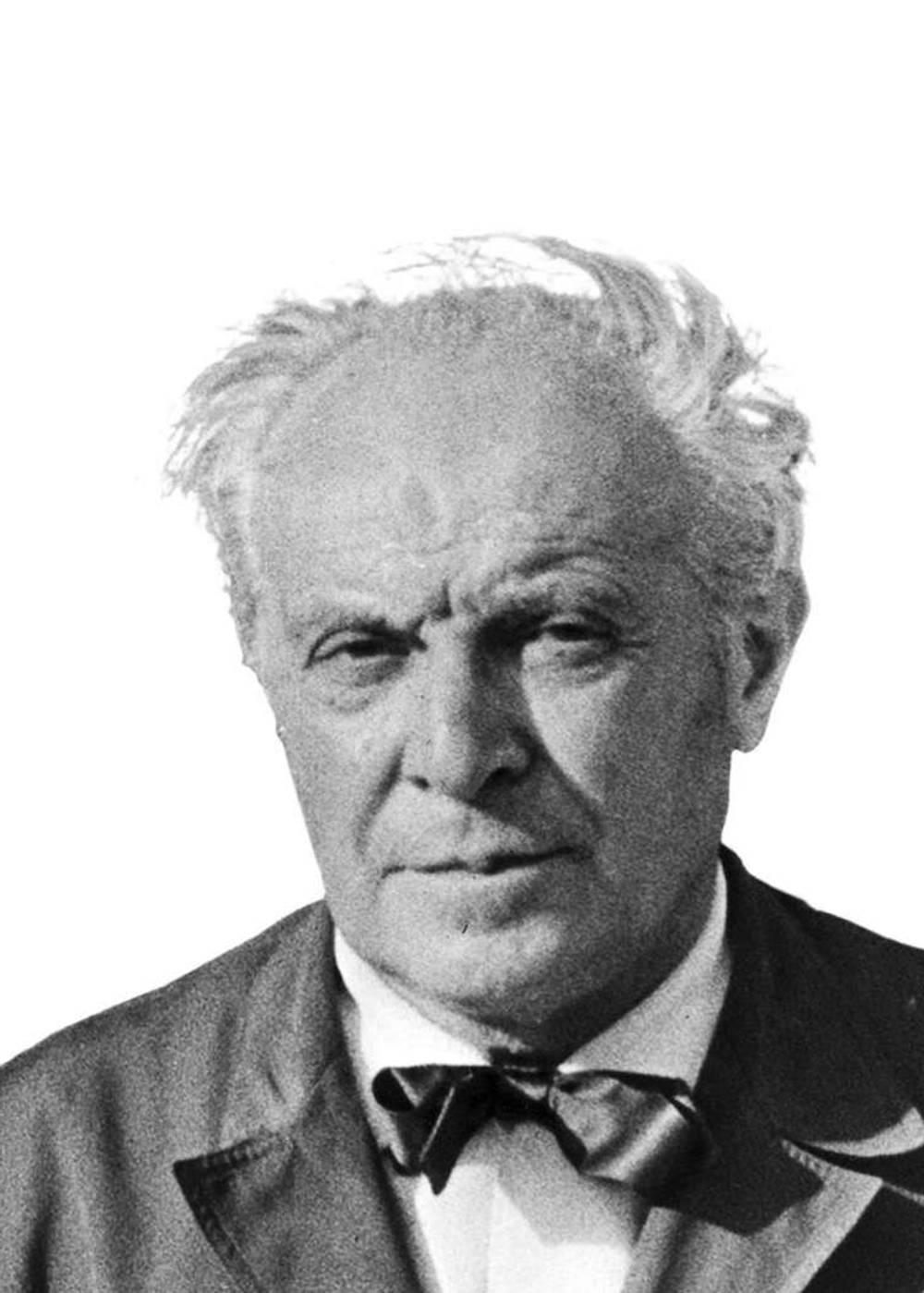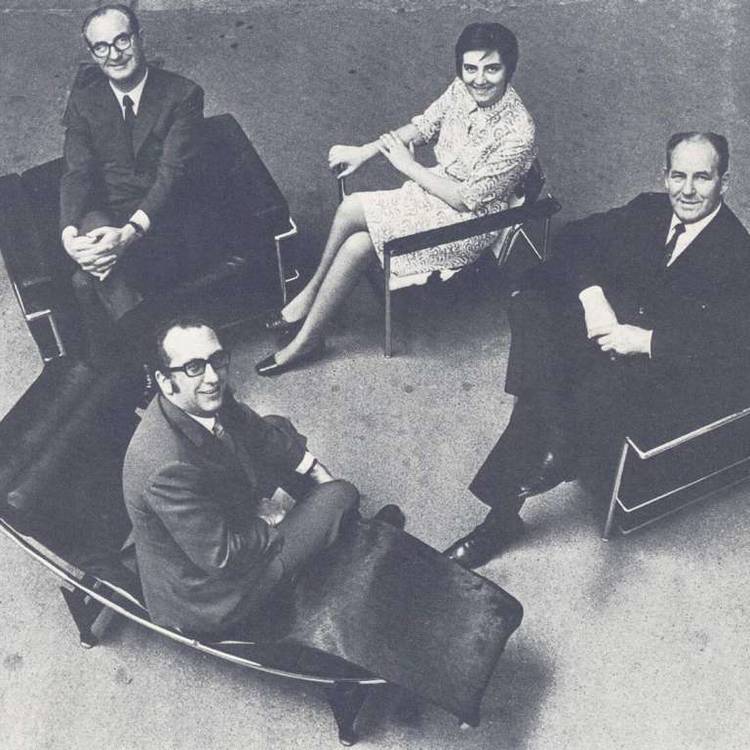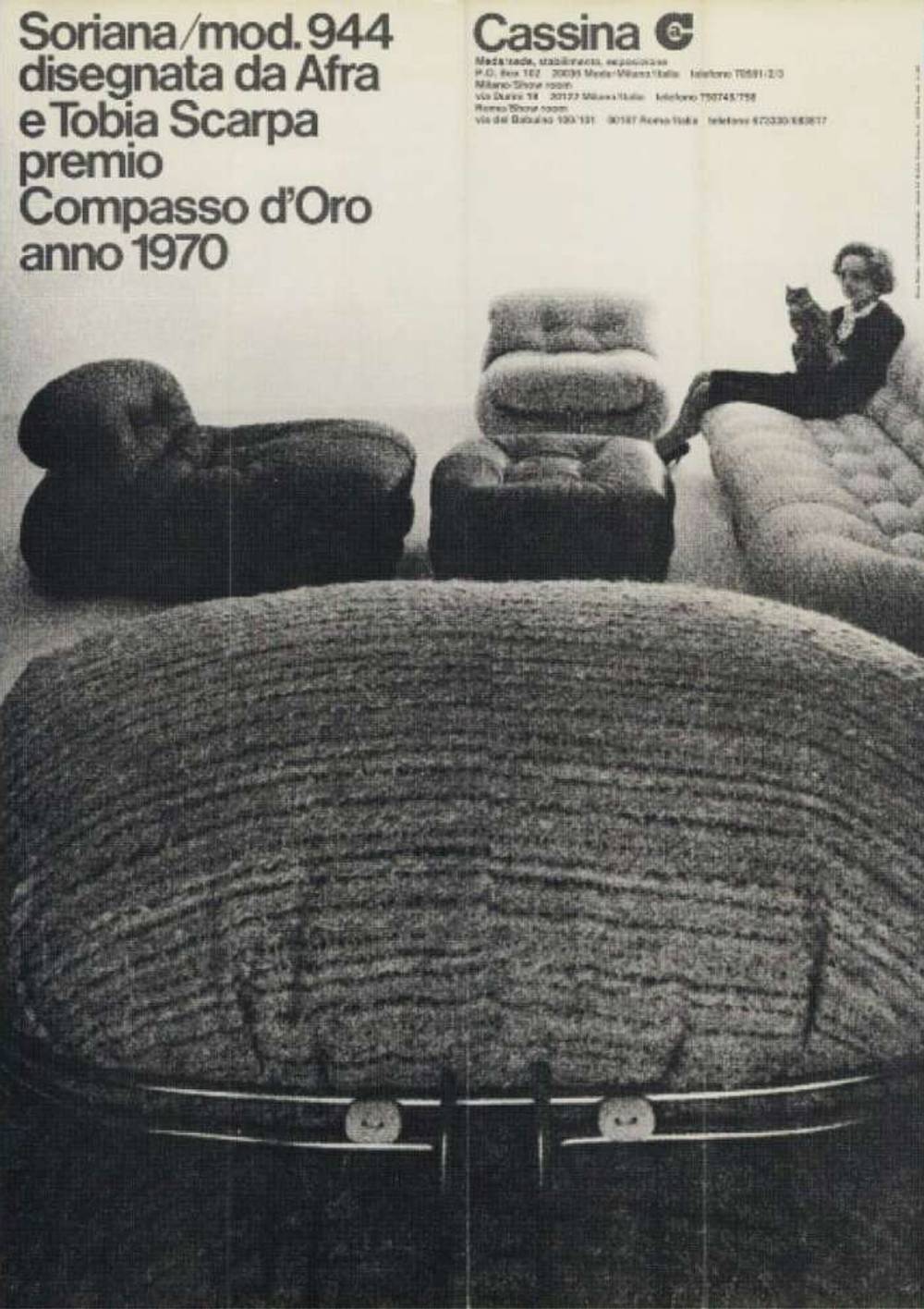Cassina • 699 SUPERLEGGERA
Chair
Structure in black lacquered massive ash wood. Seat in indian cane. Designed by Gio Ponti, in 1957. Cassina Edition.
The entire Cassina collection can be ordered in our physical stores.
REF. 80978
W.41 x H.83 x D.45cm
Seat H. 46cm
Ready to deliver in 2 a 3 months
A highlight of Cassina’s catalogue since 1957, the Superleggera represents the perfect outcome between the creative imagination of the architect Gio Ponti, and Cassina’s manufacturing excellence, an undisputed icon that is both of- the-moment and pays tribute to traditional artisanal skills. Superleggera demonstrates the constructive prowess of the MedaMade craftsmen: the challenge they faced, of making an extra-light chair, was overcome with the Superleggera’s legs having a cross-section of just eighteen millimetres, the whole weighing a mere 1,700 grams!
While the frame exploits the inherent lightness and flexibility of ashwood, the seat surround is in beech, which is more close-grained and stronger. The wood parts are created by machine, and hand-finished, glue being applied with a brush, the excess being wiped off, and the seat being hand-woven. Thus do crafts expertise and industrial innovation come together in what we could call a “prime object”, informed by the chair-making traditions of Chiavari, in Liguria, northern Italy.

An architect, a designer and an artist, Gio Ponti (Milano 1891-1979) graduated in Milan in 1921. In 1927 he founded Il Labirinto in order to produce high-quality furniture and objects. From 1923 to 1930 he has been Richard Ginori’s artistic director. Thanks to the creation of Domus magazine in 1928 (which he presided over almost constantly until his death), Ponti made an intensive contribution to the renewal of the Italian production in the sector, giving it new impetus. Ponti has been a strong supporter of the Monza Biennale, then the Milan Triennale, of the Compasso d’Oro awards and of ADI (Association of Industrial Design).
As an architect, he created the symbol of modern Milan, the Pirelli skyscraper, designed with Fornaroli, Rosselli and Nervi in 1956. In 1951, he realised the second Palazzo Montecatini (his first office building dates back to 1938-39). In 1957 he designed the super-celebrated Superleggera chair for Cassina, the crowning achievement of a long and fruitful working association. To his planning activities, he added educational activities, teaching at the Faculty of Architecture in Milan from 1936 to 1961.


Established in 1927 by Cesare and Umberto Cassina in Meda, near Milan, Cassina launched industrial design in Italy in the 1950s, based on a totally innovative approach that marked the transition from artisan production to mass production. Throughout its history, Cassina has been a melting pot of design luminaries. In the 1950s, it forged an iconic partnership with architects like Le Corbusier, Pierre Jeanneret, and Charlotte Perriand, creating legendary pieces such as the LC1 Sling Chair and LC2 Grand Confort sofa. These collaborations revolutionized furniture design, emphasizing form and function in equal measure.

One of Cassina's remarkable aspects is its ability to transcend eras. The brand's reissues of iconic designs retain their original essence while adapting to modern sensibilities, appealing to new generations of design enthusiasts. This blend of heritage and contemporary relevance is exemplified in pieces like the LC4 Chaise Longue, a timeless icon of comfort and style. Cassina's collaborations extend beyond mid-century architects. It has partnered with contemporary designers like Philippe Starck, Patricia Urquiola, and Jaime Hayon, infusing fresh perspectives into its collections. These collaborations merge diverse design philosophies, resulting in eclectic yet harmonious pieces that resonate with a broad audience.
In the present design landscape, Cassina stands as a bastion of innovation and heritage, continuously pushing boundaries while honoring its rich legacy. Its commitment to craftsmanship, combined with a forward-thinking approach, ensures its relevance and enduring influence in the ever-evolving world of design.

